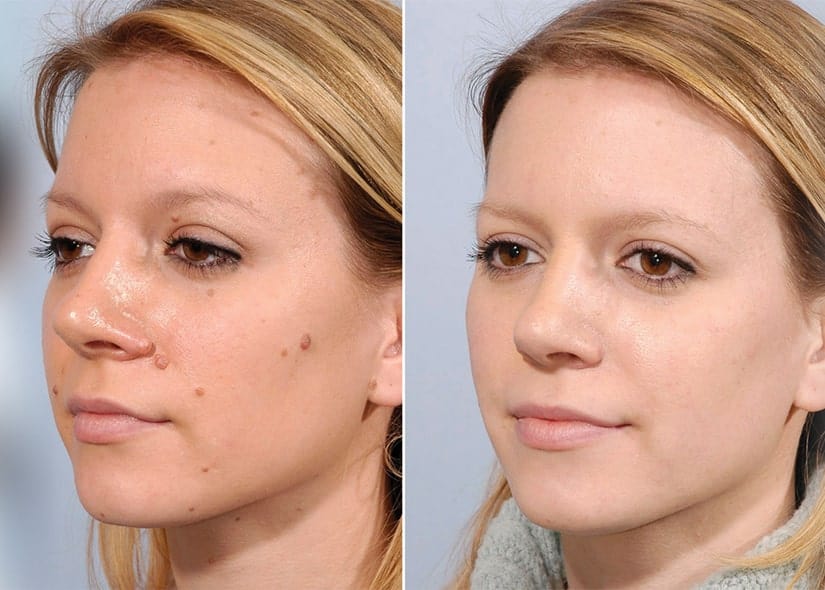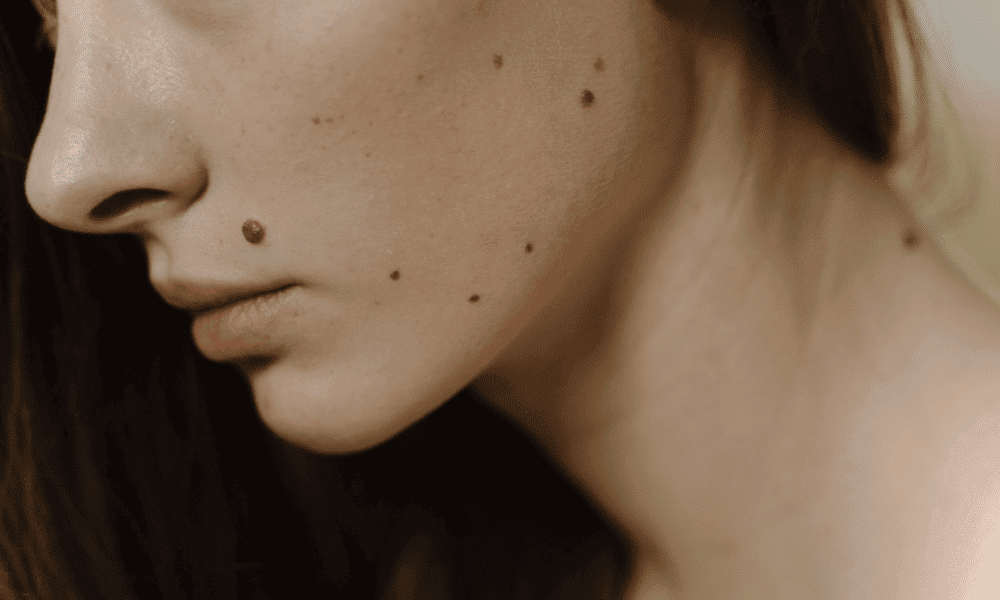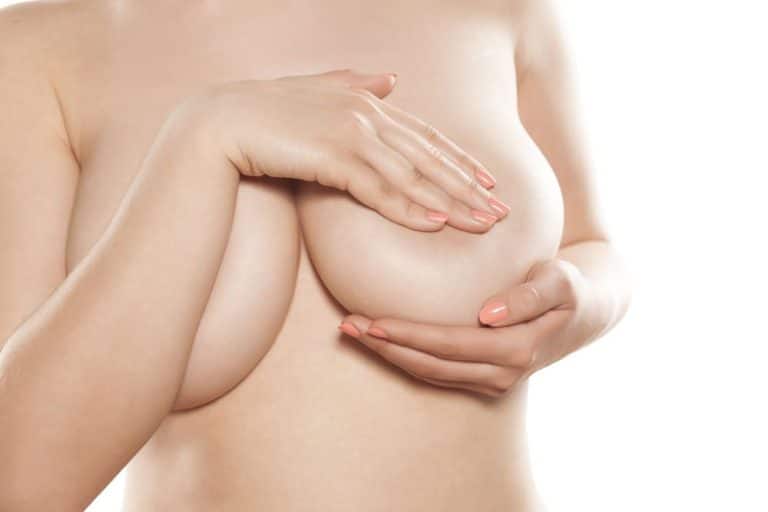Mole Removal Recovery Guide: Tips for Healing and Beautiful Skin
Mole removal is a critical procedure for many, aiming to address both cosmetic concerns and health risks associated with potentially malignant moles. The process involves various techniques, each tailored to the mole’s characteristics and the individual’s skin type. Understanding the importance of selecting a suitable method can significantly impact the outcome, ensuring safety and minimizing scarring. This blog post delves into the essentials of mole removal, offering insights into how it’s performed, what to expect during recovery, and tips for maintaining skin health post-procedure. Armed with this knowledge, making an informed decision becomes straightforward for anyone considering this dermatological intervention.
Understanding Mole Removal Process
Surgical Excision
Surgical excision is a common method for mole removal. A dermatologist cuts out the entire mole and some surrounding tissue. This process usually takes less than an hour. Patients might feel slight discomfort but local anesthesia minimizes pain.
Recovery varies, often spanning a few days to a week. It’s crucial to follow post-procedure care instructions for optimal healing.
Laser Treatment
Laser treatment offers a less invasive option for removing superficial moles. The procedure uses concentrated light beams to break down mole cells without cutting the skin.
It’s quick, with each session lasting about 30 minutes. Multiple sessions might be needed for complete removal. Recovery is generally swift, with minimal downtime required.
Cryotherapy
Cryotherapy involves applying liquid nitrogen to freeze and destroy mole tissue. It’s effective for small, benign moles and requires minimal preparation.
The process is brief, often taking just a few minutes per mole. Patients may experience mild stinging during application but can return to daily activities immediately afterward.
Consultation Importance
Consulting with a dermatologist is vital before choosing a removal method. They assess the mole’s characteristics and recommend the most suitable approach based on size, location, and whether it might be malignant.
This ensures safe removal while minimizing risks of scarring or complications.
Immediate Aftercare Post-Surgery
Wound Care
After the mole removal procedure, keeping the wound clean and dry is crucial. For the first 24 hours, avoid getting the area wet to prevent infection. The doctor will likely cover the site with a bandage. It’s important to follow their instructions on when to change it.
Applying an antibiotic ointment may be recommended by your doctor. This helps in preventing infection and aids in quicker recovery.
Activity Limitation
Limiting physical activity immediately after surgery is essential. Strenuous activities can disrupt the wound healing process. They might cause bleeding or reopen the wound.
Listen to your body and take it easy for a few days post-surgery. Your doctor will advise you on when it’s safe to return to regular activities.
Follow-up Care
Attend all follow-up appointments with your doctor. These visits allow them to monitor your recovery and ensure proper healing of the surgical site.
If you notice any signs of infection or if you experience unusual discomfort, contact your healthcare provider immediately.
Wound Care and Infection Prevention
Daily Cleaning
Patients must clean their wounds daily. They should use mild soap and water. This simple step reduces the risk of infection significantly.
After mole removal, keeping the wound clean is crucial. Patients should gently pat the area dry after cleaning. This avoids irritation and further complications.
Signs of Infection
It’s vital to watch for signs of infection. These include increased redness, swelling, or pus formation around the wound site.
If patients notice these symptoms, they should seek medical advice immediately. Early detection can prevent severe health issues.
Bandage Changes
Regularly changing bandages keeps the area clean. It also helps in monitoring the healing process closely.
Patients should replace their bandages if they become wet or dirty. Using a sterile technique during changes minimizes risks further.
Antibiotic Ointment
Applying antibiotic ointment can help prevent infections. However, it’s essential to use it as directed by a healthcare provider.
In some cases, an ointment may not be recommended due to patient-specific concerns or allergies.
Scar Minimization Techniques
Massage Therapy
After the wound has healed, one effective way to promote better healing and minimize scarring is through gentle massage. This method helps by enhancing blood flow to the area. Improved circulation can significantly reduce scar tissue buildup. Patients should start this practice only after the site has fully closed and with their doctor’s approval.
Silicone Sheets
Silicone gel sheets stand out as a top choice for those looking to lessen the visibility of scars following mole removal. These sheets work by hydrating the scar and providing a protective barrier against bacteria and other external factors that might worsen its appearance. For best results, users should apply these sheets consistently over several weeks.
Scar creams also play a crucial role in this process. They often contain ingredients like vitamin E, which is known for its skin-healing properties. When choosing a scar cream, it’s vital to opt for one specifically designed for post-surgical scars.
Sun Protection
Keeping the scar shielded from direct sunlight is critical in preventing darkening or discoloration. UV rays can cause significant damage and prolong the healing process, making scars more noticeable than they need to be. Using sunscreen with high SPF or covering the area with clothing are both effective ways to protect healing skin.
Natural Remedies for Scar Reduction
Coconut Oil
Coconut oil is a natural moisturizer. It helps in healing the skin after mole removal. By applying it gently on the scar, you provide essential fatty acids. These acids promote the growth of healthy skin cells.
A thin layer daily can make a difference. Remember to keep the area clean before application.
Vitamin E Oil
Vitamin E oil is known for its skin repair qualities. It works well on scars by improving their appearance over time.
Applying it directly to the scar twice a day can yield results. Patience and consistency are key with this remedy.
Aloe Vera
Aloe vera offers soothing and anti-inflammatory benefits. Its gel form can be applied directly to scars, reducing redness and swelling effectively.
For best results, use fresh aloe vera gel from the plant leaf every evening before bed.
Honey
Honey acts as an antibacterial agent that promotes healing. Applying raw honey on the scar forms a protective barrier, speeding up recovery.
A small amount daily ensures cleanliness and aids in reducing scar visibility.
Professional Scar Treatment Options
Laser Therapy
Laser therapy stands as a pioneering solution for scar reduction, particularly after mole removal. It works by directing concentrated light to break down scar tissue, promoting new skin growth. This method is highly effective for both raised and flat scars, making it a versatile option.
Patients often see significant improvements in texture and appearance over several sessions. However, they should prepare for minimal downtime post-treatment.
Microdermabrasion
Microdermabrasion offers a less invasive approach. It involves exfoliating the top layer of skin using a special device. This process not only smoothens the skin but also encourages the production of collagen.
Ideal for superficial scars, microdermabrasion can make them less noticeable over time. Patients appreciate its gentle nature and quick recovery period.
Chemical Peels
Chemical peels use a strong acid to remove the top layers of skin, revealing smoother and more uniform skin underneath. They are particularly effective for discoloration caused by scarring.
The depth of the peel varies based on the scar’s severity, with deeper peels offering more dramatic results. Consultation with a dermatologist is crucial to choose the right type of peel and avoid potential side effects.

Maintaining Healthy Skin Post-Removal
Hydration Importance
After the removal process, keeping the skin hydrated is crucial. Drinking plenty of water helps maintain healthy skin and supports the healing process. It ensures that your skin can recover smoothly and effectively from any procedures.
Hydrated skin heals faster and looks better. Make it a habit to drink at least eight glasses of water daily.
Balanced Diet
A balanced diet plays a significant role in maintaining healthy skin post-removal. Foods rich in vitamins C and E are particularly beneficial for skin repair and protection against further damage.
Incorporate fruits, vegetables, nuts, and seeds into your meals. These foods not only support the healing process but also boost overall skin health.
Gentle Skincare
Adopting a gentle skincare routine is essential after mole removal. It helps maintain the skin’s natural barrier, preventing irritation or infection during recovery.
Use mild cleansers and moisturizers free from harsh chemicals. Avoid direct sunlight on the affected area by applying sunscreen regularly.
Sun Protection and Scar Management
Sunscreen Use
After mole removal, protecting the scar from the sun is crucial. Experts recommend applying a broad-spectrum sunscreen with at least SPF 30 on the area. This helps prevent hyperpigmentation and minimizes the risk of developing hypertrophic scars.
It’s essential to apply sunscreen daily, even on cloudy days. UV rays can penetrate clouds and windows, posing a risk to healing skin.
Protective Clothing
Wearing hats or clothing that covers scars provides an additional layer of protection against harmful UV rays. For scars on the face or other exposed areas, wide-brimmed hats offer significant coverage.
Lightweight, long-sleeved shirts shield arms while breathable fabrics ensure comfort during warmer months.
Healing Process
UV exposure not only delays healing but can also worsen scarring. By wearing sunscreen and protective clothing year-round, individuals support their skin’s recovery process.
A dermatologist can provide guidance on managing scar tissue effectively. They might suggest treatments like cryotherapy for raised scars or consultation for persistent pain or changes in the scar’s appearance.
Closing Thoughts
Mole removal, a procedure often undertaken for both health and aesthetic reasons, requires careful consideration and adherence to post-operative care to ensure optimal outcomes. The journey from understanding the mole removal process to maintaining healthy skin post-removal encompasses immediate aftercare, infection prevention, scar minimization, and sun protection strategies. It emphasizes the importance of following professional advice for wound care and exploring both natural and professional scar treatment options. This comprehensive approach not only aids in recovery but also significantly reduces the chances of complications or unsightly scarring.
Individuals considering or having undergone mole removal should remain vigilant in their aftercare routine and seek professional guidance for any concerns. The steps outlined offer a roadmap to achieving the best possible results, highlighting the critical role of patient involvement in post-surgery care. For further information or personalized advice, consulting with a healthcare provider is recommended. Engaging with professionals ensures that each person receives tailored strategies that align with their unique skin needs, promoting healing and enhancing overall skin health.
Frequently Asked Questions
What is the mole removal process?
The mole removal process involves a surgical procedure where the mole is excised from the skin. This can be done through various methods such as excision with stitches, or laser removal, depending on the type and size of the mole.
What should I do immediately after mole removal surgery?
Immediately after surgery, it’s crucial to keep the area clean and protected. Apply any prescribed antibiotic ointment and cover with a sterile bandage to prevent infection and support healing.
How can I prevent infection in my wound post-mole removal?
Prevent infection by regularly cleaning your wound with mild soap and water, applying prescribed antibiotics, and keeping it covered with a sterile bandage. Avoid touching or scratching the area.
What are some effective scar minimization techniques?
Effective scar minimization techniques include applying silicone gel sheets or scar creams recommended by your dermatologist, keeping the area moisturized, and avoiding direct sunlight on the scar.
Are there natural remedies for reducing scars after mole removal?
Yes, natural remedies like applying aloe vera gel, honey, or coconut oil can help reduce scars. However, their effectiveness varies from person to person.
What professional treatments are available for scar reduction post-mole removal?
Professional treatments for scar reduction include laser therapy, microdermabrasion, chemical peels, and filler injections. Consult a dermatologist to determine which option is best for your specific case.
How should I care for my skin after mole removal to maintain its health?
Maintain healthy skin post-removal by keeping it moisturized with hypoallergenic products suitable for sensitive skin types. Also ensure you’re consuming a balanced diet rich in vitamins C and E which aid in healing and skin health.
Why is sun protection important in managing scars post-mole removal?
Sun protection is vital because UV exposure can darken scars making them more noticeable. Always apply broad-spectrum sunscreen SPF 30 or higher over the scar when exposed to sunlight to mitigate this risk.






